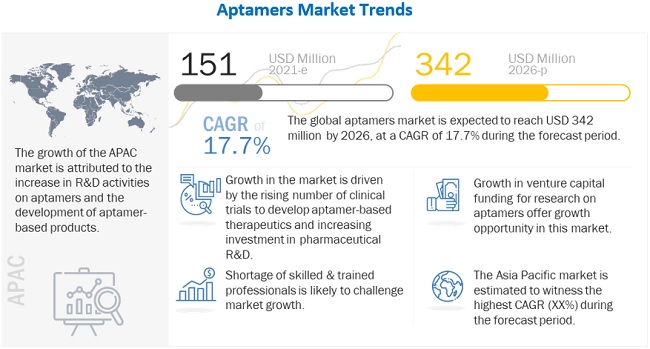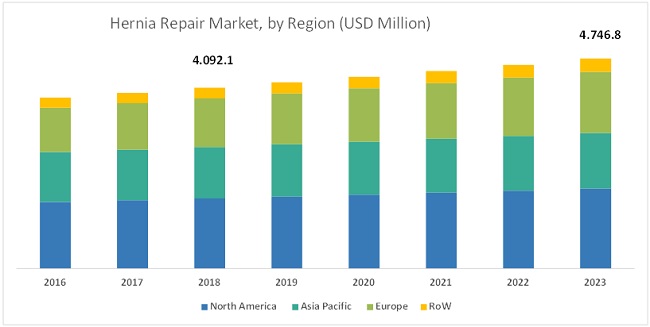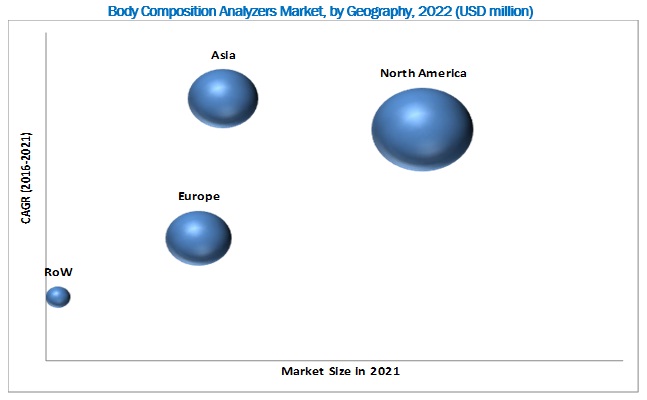According to the new market research report "Cold Pain Therapy Market by Product (OTC (Gels, Creams, Patches, Wraps, Pads), Prescription (Motorized, Non-motorized)), Application (Musculoskeletal, Post-Op, Sports Injuries), Distribution Channel (Hospital, Retail, E-Pharmacy) - Global Forecast to 2027", published by MarketsandMarkets™, the Cold Pain Therapy Market was valued at USD 1.8 billion in 2022 and is projected to reach USD 2.4 billion by 2027 growing at a CAGR of 5.1%.
Browse in-depth TOC on "Cold Pain Therapy Market"
243 – Tables
42 – Figures
249 – Pages
Download PDF Brochure: https://www.marketsandmarkets.com/pdfdownloadNew.asp?id=55543905
The rising awareness about the cost-effective cold pain relief products, and rising prevalence of arthritis. Emerging economies such as China, Japan, and India are providing profitable opportunities for the players operating in the market.
The OTC products segment accounted for the largest share of the cold pain therapy market, by product segment, in 2021
The market is segmented into OTC products and prescription products. The OTC products holds the largest share of the market in 2021, mainly due to the presence of substantial clinical evidence in favor of cooling gels as sports medicine.
Musculoskeletal disorders segment to register the highest growth rate during the forecast period
The cold pain therapy market has been segmented into musculoskeletal disorders, sports medicine, post-operative therapy, and post-trauma therapy. In 2021, the musculoskeletal disorders segment accounted for the largest share of the market. Factors such as rising geriatric population due to which there is higher prevalence of musculoskeletal disorders and increasing self-care awareness will drive the growth of this segment.
The retail pharmacies segment accounted for the largest share of the cold pain therapy, by distribution channel segment, in 2021
Based on the distribution channel, the cold pain therapy market has been segmented into hospital pharmacies, retail pharmacies, and e-pharmacies. In 2021, the retail pharmacies segment accounted for the largest share of the market. The implementation of government regulations for proper functioning of retail pharmacies is driving the growth of this segment.
Request Sample Pages: https://www.marketsandmarkets.com/requestsampleNew.asp?id=55543905
North America is the largest regional market for cold pain therapy market
The global cold pain therapy market is segmented into five major regions—North America, Europe, the Asia Pacific, Latin America, and the Middle East & Africa. In 2021, North America accounted for the largest share of the market. The North American market growth can be attributed to the growing incidence of arthritis.
The major players operating in this cold pain therapy market are Beiersdorf AG (Germany), DJO Global, Inc. (US), Hisamitsu Pharmaceutical Co., Inc. (Japan), Össur (Iceland), Johnson & Johnson (US), Pfizer (US), Sanofi (France), Rohto Pharmaceutical (Japan), 3M (US), Cardinal Health Inc. (US), Bird & Cronin (US), Compass Health Brands (US), Breg, Inc. (US), Medline Industries (US), Performance Health (US), Romsons Group of Industries (India), Unexo Life Sciences (India), Polar Products (US), Rapid Aid (Canada), Mueller Sports Medicine (US), Pic Solution (US), Bruder Healthcare Company (US), Brownmed Inc. (US), Medichill (Australia), and ThermoTek, Inc. (US).
Speak to Analyst: https://www.marketsandmarkets.com/speaktoanalystNew.asp?id=55543905













